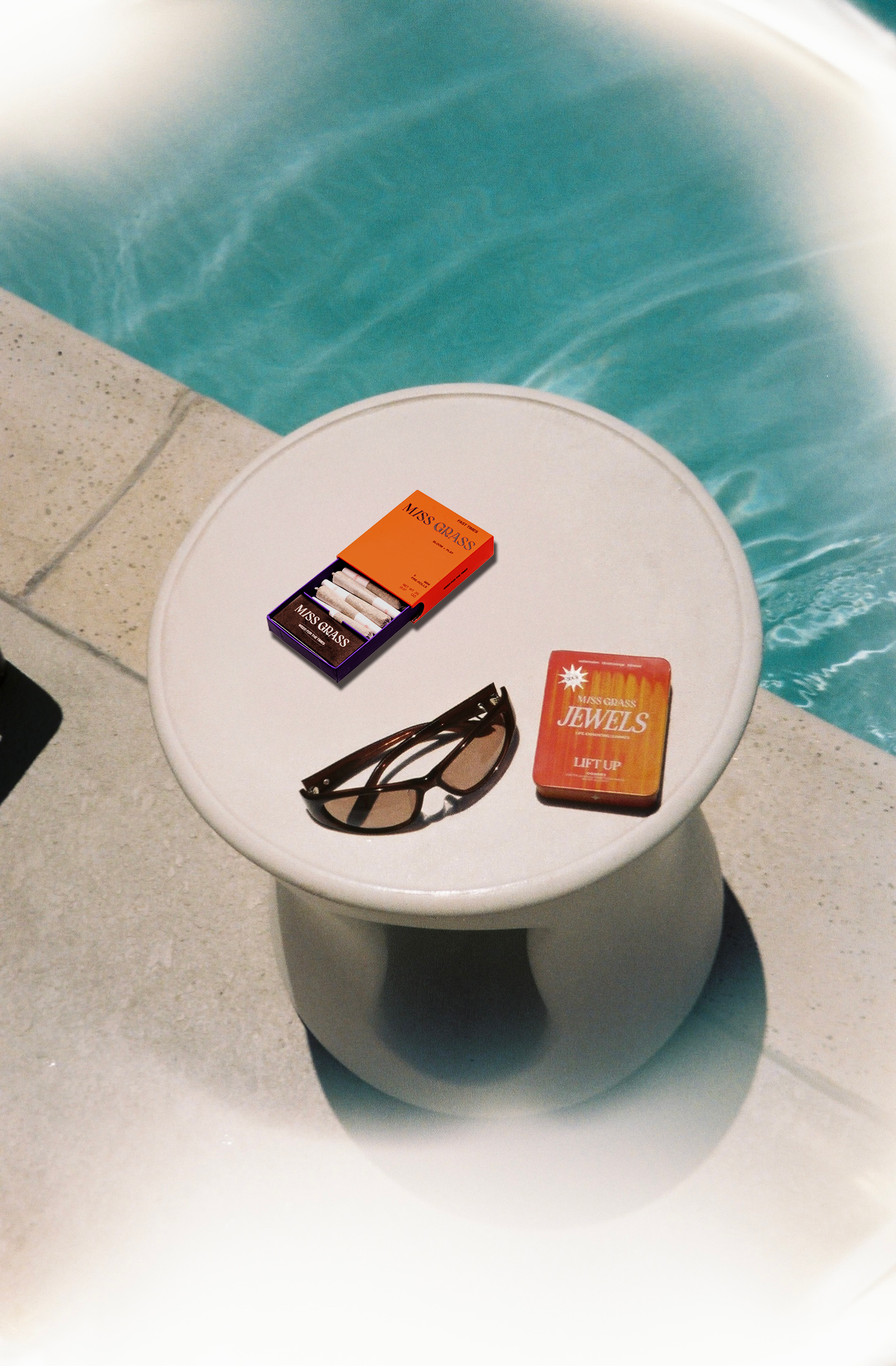For years, cannabis had to justify itself. It was criminalized, demonized, and pathologized. Use had to be framed through illness or desperation to be tolerated. Legalization shifted perception, but not without compromise. Acceptance required cannabis to be functional, medicinal, and easily explained. Today, cannabis consumers are still often perceived as unserious and worse.
Sleep, stress, anxiety, cramps. In the early days of legal weed, products were expected to solve problems. That framing offered relief and clarity for many. It still does.
But the way people use cannabis is changing. Quietly, it’s becoming more integrated. Less prescribed. More present. The cultural emphasis is shifting from condition to connection, from explanation to experience.
Cannabis is still medicine, and its therapeutic potential continues to expand. But its role is increasingly personal. People use it to feel grounded, to soften overstimulation, to turn inward, or to transition between parts of their day. It’s become something people live alongside, folded into ordinary routines.
And when someone reaches for weed to unwind after a long day, to manage social fatigue, or to re-enter their body after a jarring work meeting—can’t that be considered medicinal, too? If cannabis helps someone focus through spiraling thoughts, or fall asleep when nothing else works, the lines between wellness and treatment, between casual and clinical, blur. The idea that only certain kinds of use qualify as valid does a disservice to the full spectrum of why people turn to the plant.
In 2022, nearly 18 million Americans reported using cannabis daily, surpassing daily alcohol use. Around 40% of cannabis users now consume on most days of the week. What used to be considered occasional or even excessive is, for many, now part of their everyday baseline. Cannabis has settled into the background of daily life, an ambient presence.
This isn’t a radical shift so much as a long-overdue recognition. People—especially women, queer folks, neurodivergent individuals, and those navigating trauma or chronic illness—have been using cannabis this way for years, many figuring they were “addicted” and having no other medical or social framework for their use. Legal access didn’t start this relationship, but instead gave it language, safety, and new paradigms of exploration, healing, and understanding.
Women’s use has steadily increased. In 2023, young women reported higher usage rates than their male peers for the first time. Many cite stress relief, improved sleep, anxiety management, and pain support as their primary motivations. Nearly 70% say they use cannabis to relax. These are not niche experiences. They reflect a broader reevaluation of how people cope, recover, and feel good. Discreet, low-dose products—gummies, pre-rolls, infused drinks—are often the go-to formats. They meet people where they are.
Cannabis use is also common in neurodivergent communities, where traditional therapies and treatments are often inaccessible or incomplete. Adults with ADHD and autism report using it to regulate sensory input, support transitions, and calm overwhelm. Some say it helps them tune into themselves without tuning everything else out. While research is still developing, the lived experience is already well-documented, and it’s shaping how people view cannabis not as a one-size-fits-all solution but as an adaptive tool.
Still, not every relationship with cannabis is uncomplicated. As use becomes more frequent and more socially acceptable, questions around dependence and compulsion are surfacing. Cannabis use disorder (CUD), as defined by the American Psychiatric Association, includes a range of behaviors—such as continued use despite harm, tolerance, and difficulty cutting back—that may indicate problematic patterns of use.
The diagnosis is real, but for many, it feels imprecise. It can blur the line between medical, habitual, and recreational use. People who use cannabis frequently—sometimes daily—may not experience significant negative impacts but still feel tethered to the habit. For others, especially those using it to manage stress or discomfort, stopping isn’t necessarily the goal. The challenge lies in determining when use shifts from intentional to automatic, from supportive to something less clear.
It’s worth acknowledging that cannabis, like any substance, can be misused. But framing use exclusively through pathology risks flattening the nuance. Not all daily or frequent consumption is disordered, and not all compulsive use causes harm. There’s room to talk about overuse without shame, and room to reflect on habit without arriving at a clinical diagnosis.
This kind of honesty is especially important as cannabis becomes more mainstream. Being pro-cannabis doesn’t require blind celebration. It asks for engagement, for reflection, for space to adjust. The more honest we are about how we use cannabis—and how it works or doesn’t—the more credibility and care we bring to the conversation.
Meanwhile, legal and cultural frameworks are slow to catch up. In Washington, D.C., a resident was banned from smoking in her home following a neighbor’s complaint. In California, a class-action lawsuit targeted a cannabis farm over odor. New York is exploring new public-use restrictions. The smell of cannabis, more than its presence, continues to be a battleground. Its sensory footprint still marks it as out of bounds, even where it’s legal.
These pressures have pushed cannabis products toward discretion. Edibles now outsell flower in many markets. Low-odor formats like mints, beverages, tinctures, and microdose gummies are increasingly popular. Vape design has improved. Some cultivars are being bred with lower terpene expression. The goal is adaptability—options that let people participate in the culture without clashing with it.
At Miss Grass, we’ve always believed in cannabis as something personal, rhythmic, and real. Our products are organized by mood, not by diagnosis. Quiet Times isn’t just for sleep. Fast Times isn’t only for productivity. All Times is there when you’re not trying to name the feeling but you want something to hold it. Minis and Jewels are formulated for presence—for meeting yourself where you are.
Wellness doesn’t need to be a transformation. Sometimes it’s just about making it through the afternoon. Cannabis helps with that. It helps with a lot of things, quietly.
It has a place in daily life, in different bodies, and in different kinds of care.
At Miss Grass, we’re here for all of it: the rituals that are visible and the ones that are private, the joy and the friction, the evolving relationship people have with cannabis. No disclaimers needed.








